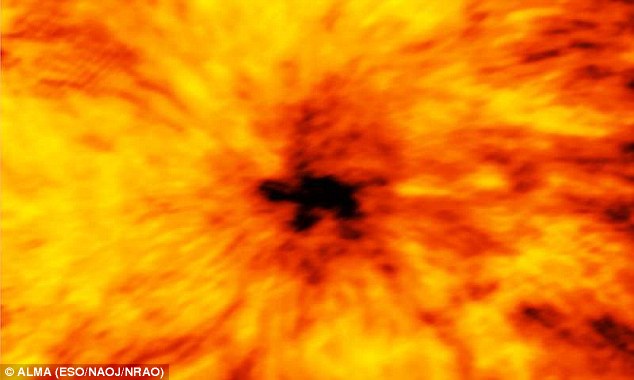Bright Grains in Chromosphere
A recent study conducted by a team of solar physicists from the Indian Institute of Astrophysics (IIA) has shed light on the fascinating phenomenon of bright grains observed in the chromosphere of the Sun. These grains are caused by upward propagating shocks in the solar plasma, leading to temperature enhancements that surpass previous estimates.
Unveiling the Nature of Bright Grains
The chromosphere, a dynamic layer within the solar atmosphere, plays a crucial role in transferring energy and heating the corona. It has long been a subject of interest for researchers seeking to understand the mechanisms behind energy transmission. The study confirms that the bright grains observed in the chromosphere are a result of upward propagating shocks.
Two Mechanisms of Energy Transmission
The solar physicists recognize two widely accepted mechanisms for the transmission of energy within the solar atmosphere. The first mechanism involves the rearrangement of magnetic field lines, transitioning from higher to lower potential. The second mechanism centers around the propagation of various types of waves, including acoustic waves.
Understanding Acoustic Shock Waves
Acoustic shock waves, commonly known as grains, are heating events occurring in the chromosphere. These transient brightenings in images provide insights into the non-thermal energy distribution within the solar atmosphere. The study conducted by the IIA team aimed to quantify the temperature enhancements associated with these acoustic shock events.
Quantifying Temperature Enhancements
Using high-quality observations from the Swedish Solar Telescope and a sophisticated inversion code called STiC, the scientists accurately determined the temperature enhancements during acoustic shock events. On average, the temperature rise reached approximately 1100 K, with a maximum of around 4500 K. These values are three to five times higher than previous estimates.
Optimizing the Study Process
To infer atmospheric properties during acoustic shocks, the team employed machine learning techniques and a state-of-the-art inversion code. These advancements significantly expedited the computation process, allowing for more efficient analysis of the data obtained from the grains.
Implications of the Findings
The study’s findings have important implications for solar and plasma astrophysics. The observed temperature enhancements provide insights into the energy transfer mechanisms within the chromosphere. Moreover, the identification of upflowing plasma as a result of the shocks supports earlier interpretations and theories regarding the dynamics of the solar atmosphere.
Month: Current Affairs - June, 2023
Category: Science & Technology Current Affairs


